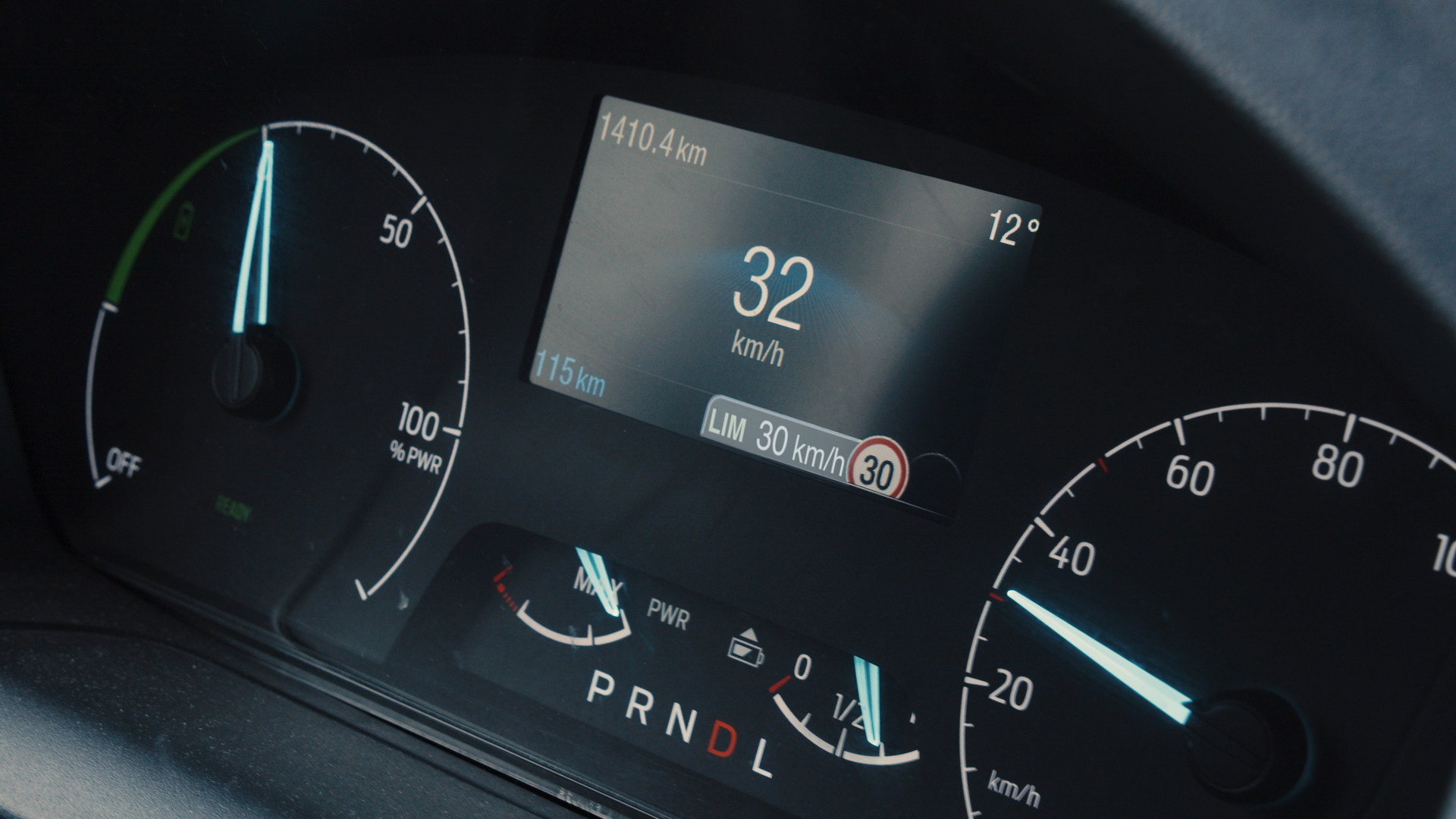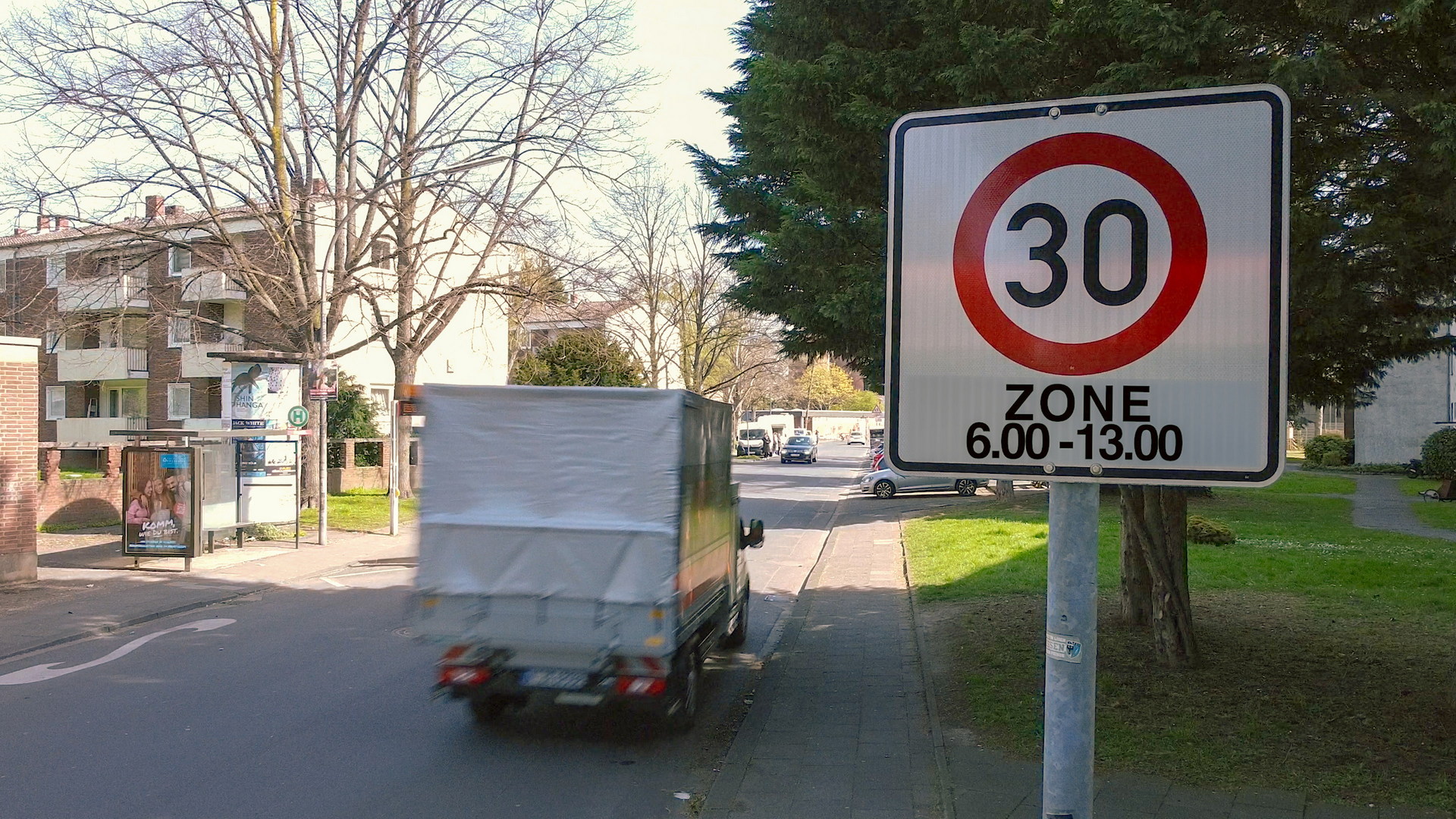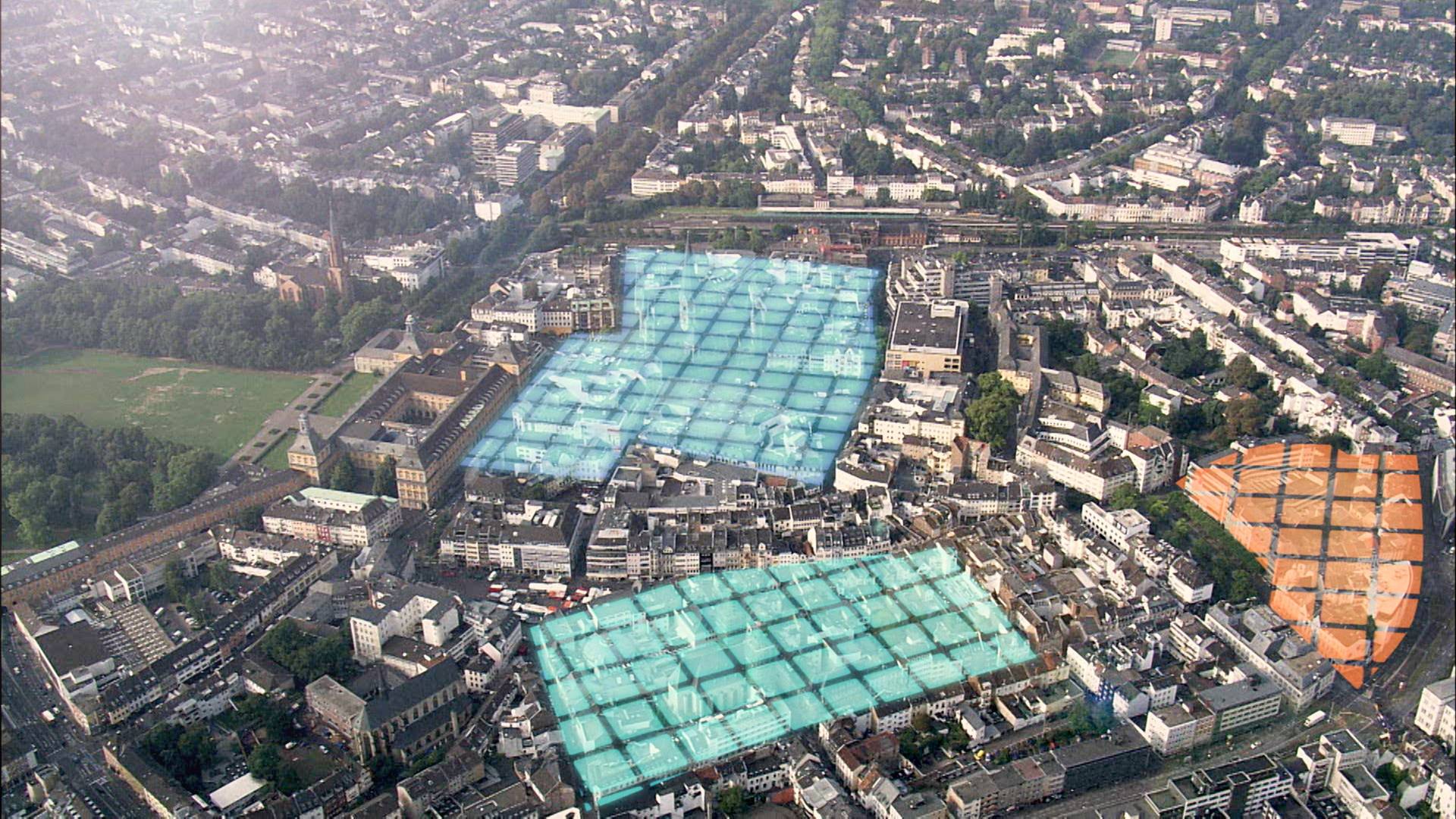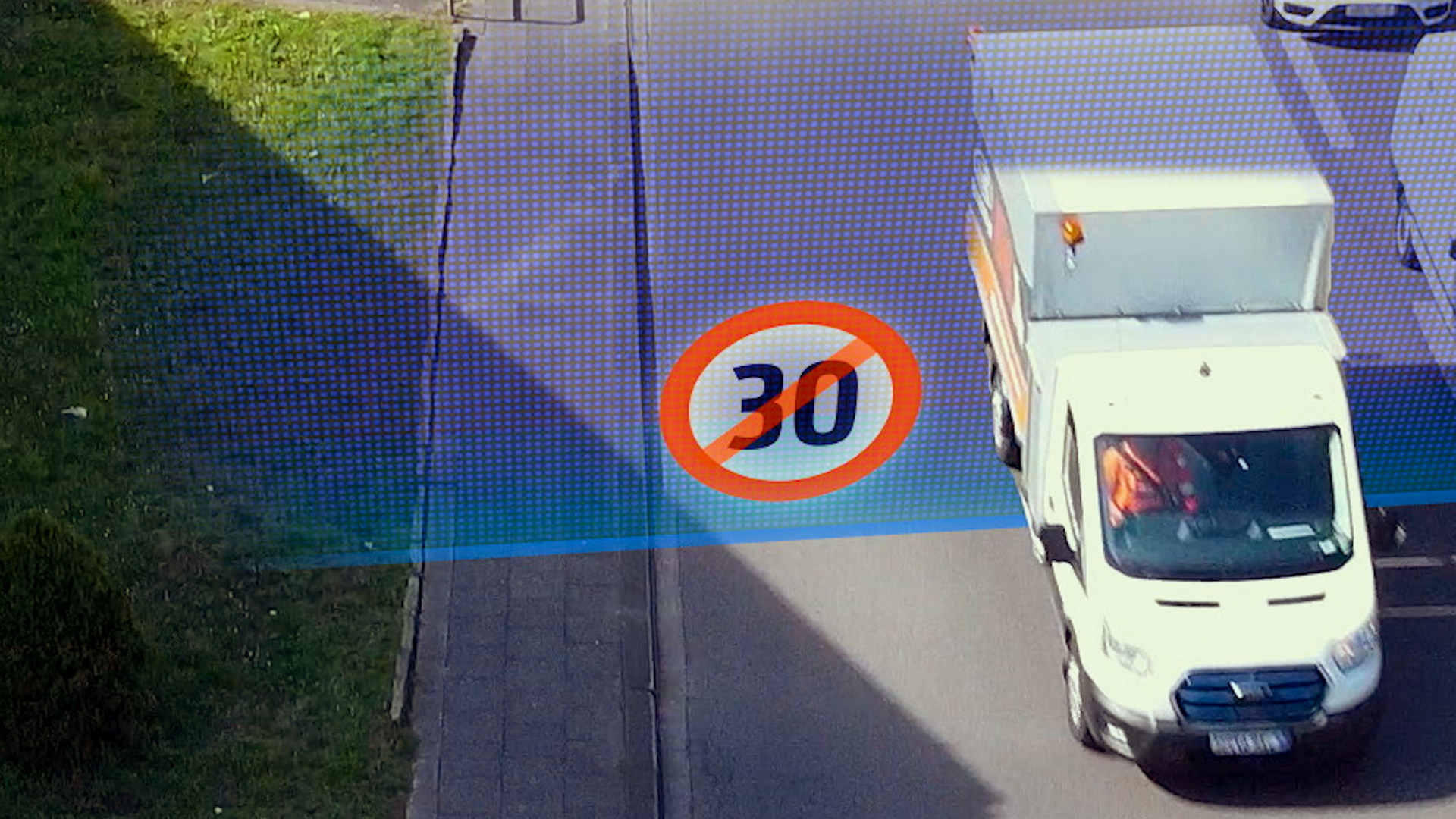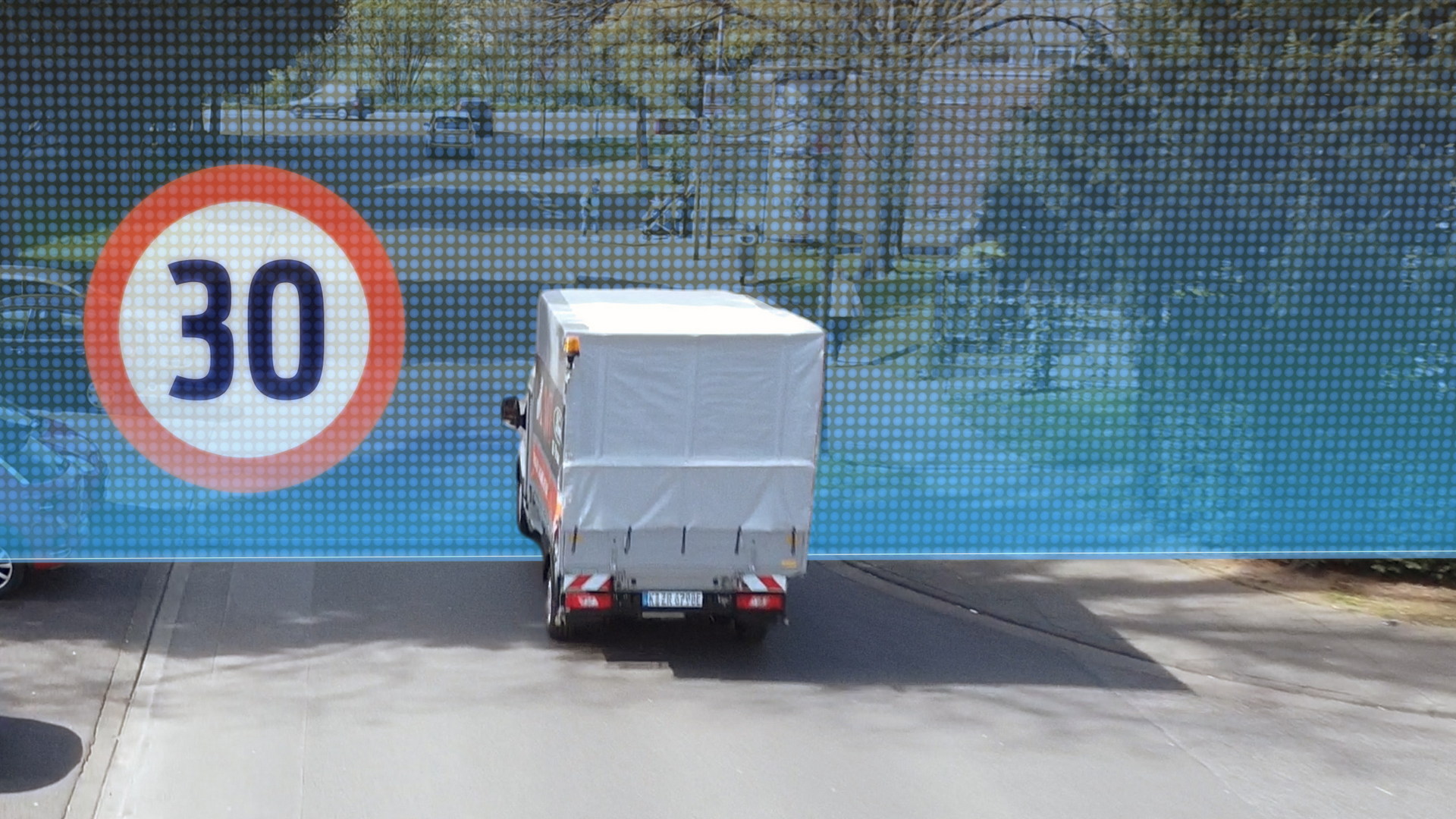Driver assistance systems are becoming more sophisticated, and now automakers seem to have figured out a way of making sure everyone sticks to the speed limits. Ford is now trialing Geofencing technology, which can automatically reduce the vehicle’s speed in predefined zones around schools, hospitals, and shopping areas.
The technology, which is currently tested in Cologne, Germany, creates a virtual geographical boundary with a speed limit. When the vehicle enters this area, the system makes sure that the car won’t exceed the predetermined speed limit. This can happen even without visible signs on the road, alerting the driver that they entered a geofenced zone through the digital instrument cluster. Ford believes the system will come in handy on unfamiliar routes, or in cases where the driver didn’t notice the speed signs, protecting them from fines, and most importantly reducing the risk of accidents.
See Also: Advanced Driver Assistance Systems Still Perform Poorly Under Certain Circumstances
The hardware to automatically regulate a vehicle’s speed is already there. Modern ADAS like Ford’s Intelligent Speed Assist and Adaptive Cruise Control with Stop & Go, or similar systems from other automakers, can ensure drivers do not exceed speed limits.
What is different with Geofencing is that those limits will be universal for all vehicles entering specific areas, whether we are talking about public spaces or private facilities. The system may automatically reduce the vehicle’s speed, but the driver is still able to override and deactivated it – at least at this point.
The 12-month trial of geofencing is the result of a collaboration between the Ford City Engagement team, city officials in Cologne and Aachen, and Ford software engineers in Palo Alto. The test vehicles are pre-production prototypes of the fully electric Ford E-Transit. In the future, Ford wants to offer the Geofencing Speed Limit Control system to all of its commercial and passenger vehicles, allowing owners to set their own geofencing zones. Furthermore, speed limits could be dynamic, changing according to local hazards, road works, and time zones.





